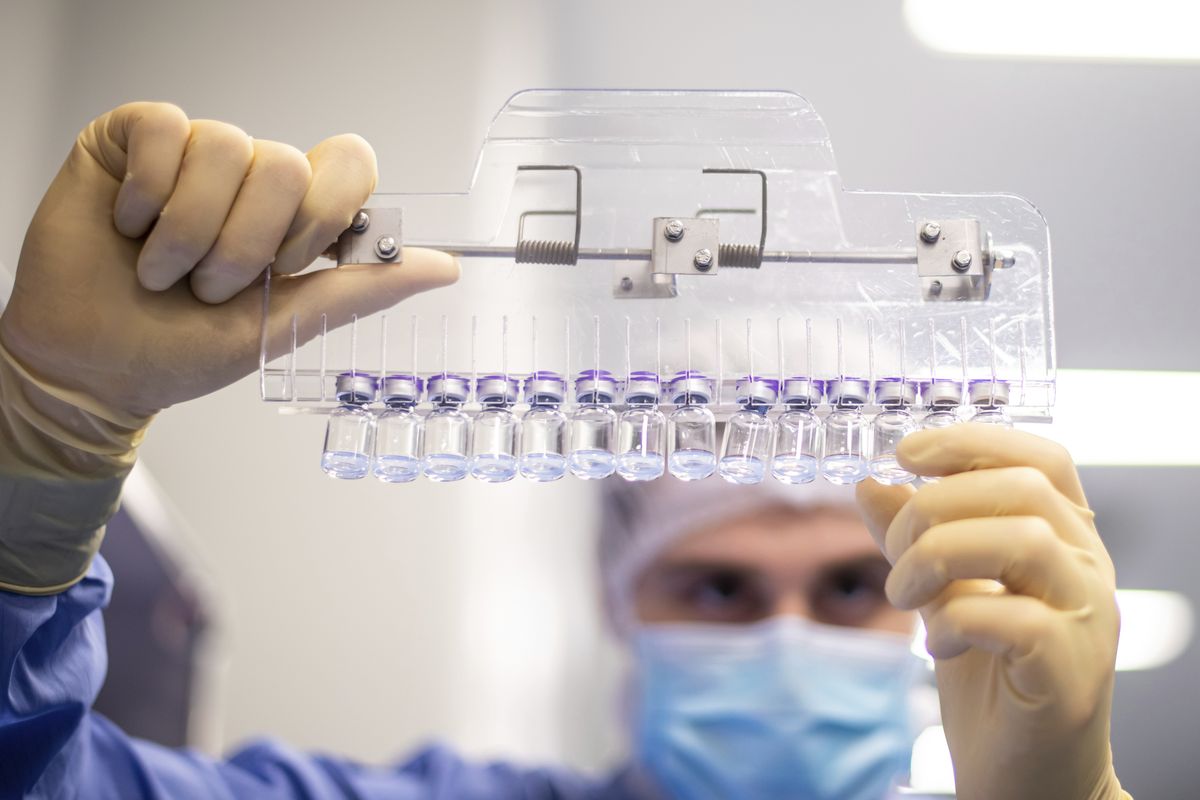J&J shot study shows COVID-19 infections halved in health workers

Johnson & Johnson’s coronavirus vaccine cuts the risk of getting infected with the disease by about half, according to the latest results of a trial involving almost half a million health workers in South Africa.
The vast majority of the breakthrough infections were mild, Glenda Gray, co-leader of the study known as Sisonke, said in an interview, citing unpublished data from the trial, which had earlier shown the shot’s effectiveness against severe illness.
Like all coronavirus vaccines, J&J’s was intended and tested for its ability to prevent COVID-19 hospitalizations and deaths. Even so, the frequency of breakthrough infections in vaccinated people highlights the challenge governments face in halting the virus’s spread, which threatens to lead to the proliferation of new variants that might be even more contagious.
Coupled with vaccine hesitancy, the limited efficacy of shots in stopping mild infections will mean “we will continue to see a flow of infections,” said Bruce Mellado, a professor at the University of the Witwatersrand in Johannesburg, South Africa, who uses modeling to predict the trajectory of infections. Still, he said, the effectiveness against death and severe disease could prevent a “human catastrophe.”
J&J didn’t immediately respond to a request for comment. The study included several weeks during which South Africa was going through a third wave of coronavirus infections spurred by the highly contagious delta variant. The emergence of new, fast-spreading strains has made earlier goals of herd immunity – when the proportion of the population that’s vulnerable to the virus sinks so low that it stifles spread – more difficult to attain.
By cutting the number and intensity of infections, the vaccines limit the chance of further mutated strains emerging. Yet for many countries, the focus has shifted to reducing the seriousness of illness and subsequent demand for more intensive treatments.
The Sisonke trial measured breakthrough infections by asking participants to report a positive result as well as by getting daily alerts from testing laboratories. The researchers also tapped data systems to see who had been hospitalized or died.
Initial results from Sisonke, released Aug. 6, showed J&J’s single-dose vaccine was about 70% effective against hospitalization and as much as 96% effective against death. The trial didn’t include the use of a placebo. The final results, which include three sets of data from private insurers and the government, will be submitted for publication in days, said Gray, who’s a research professor at the University of the Witwatersrand.
The J&J vaccine, a key element in South Africa’s vaccination plan, has also been given to teachers, police and other government employees. It’s expected to play an important role in reaching remote areas as it can be stored at refrigerator temperature.
The Sisonke trial was put in place in February after the South African government’s plans to use AstraZeneca Plc’s shot showed limited efficacy against mild cases, disrupting government plans for a wide government rollout. Gray and other scientists concluded an agreement with J&J to run a mass trial.
Other vaccines in wide use have indicated vulnerability to breakthrough infections. A study released Aug. 9 showed that Moderna Inc.’s was associated with a twofold reduction of breakthrough risk compared with the shot from Pfizer Inc. and BioNTech SE. The results were reported ahead of peer review.
The results against breakthrough infections are “not unique to Johnson & Johnson, but also for other vaccines,” said Shabir Madhi, a vaccinologist from the University of the Witwatersrand who led trials of AstraZeneca and Novavax Inc.’s shots in South Africa. “It comes as little surprise with ongoing evolution of the virus.”